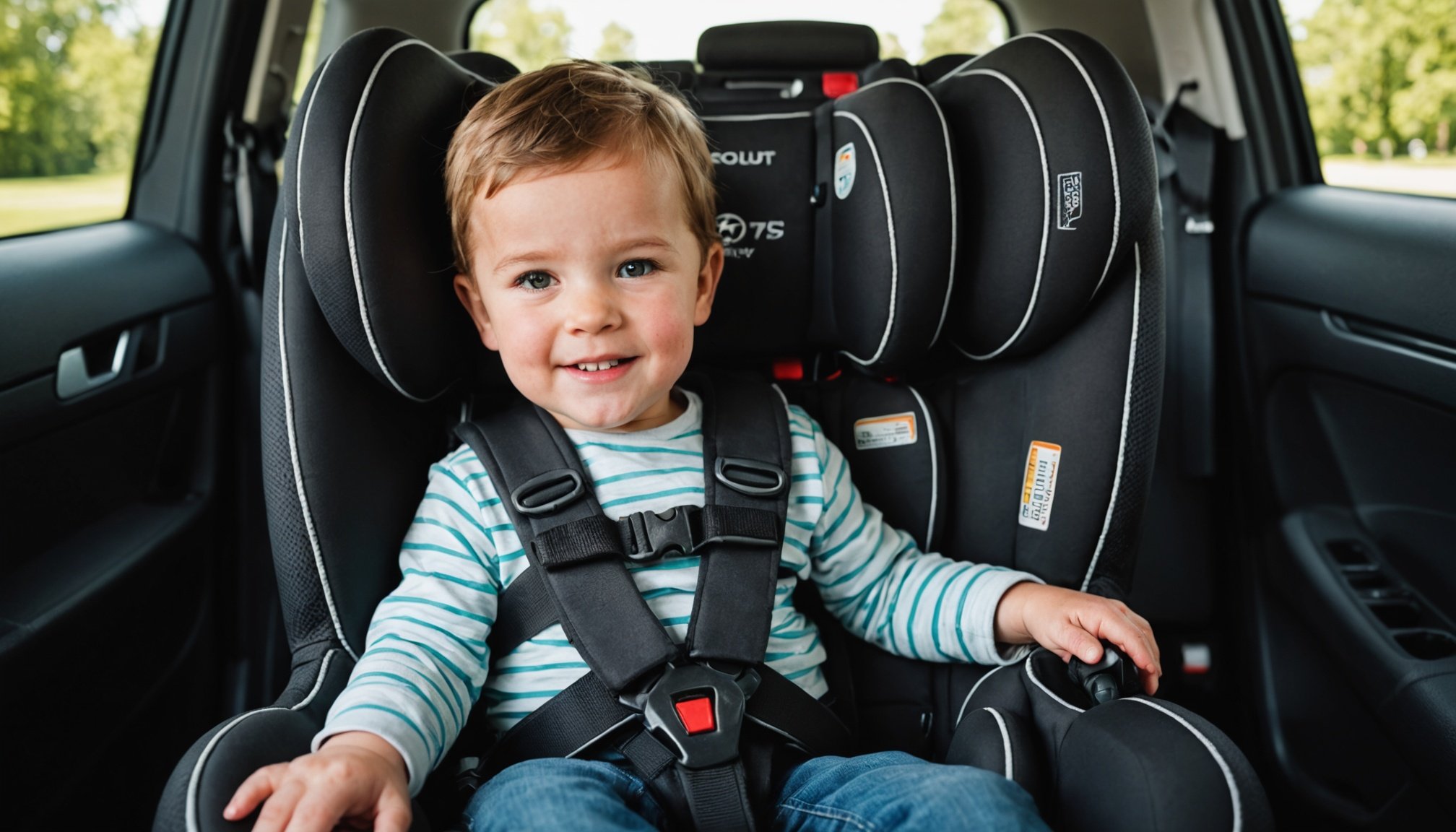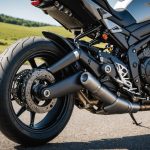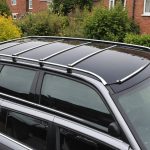Choosing the Right Child Car Seat
When it comes to selecting a child car seat, it is crucial to consider safety standards aligned with age, weight, and height requirements. Different types of car seats serve various stages of childhood. Infant car seats are designed for newborns and have lower weight limits. Convertible car seats are versatile, allowing for transition from rear-facing to forward-facing, adapting to your child’s growth. Booster seats are suitable for children who have outgrown the convertible seats, elevating them for proper seat belt alignment.
Paying attention to safety ratings and certifications from organisations like the National Highway Traffic Safety Administration (NHTSA) can help ensure optimal protection. These ratings gauge the seat’s performance in crash tests, providing a comprehensive measure of its safety. Compliance with these safety standards is vital to safeguarding children during travel.
Also to discover : Unlocking lane-keeping assist: top strategies for safer driving on uk roads
For parents, understanding weight and height requirements is essential for a secure fit. A seat with the right specifications reduces risks during accidents, providing peace of mind. Evaluating certifications and selecting the appropriate car seat type can play a significant role in maximizing child safety while travelling.
Step-by-Step Installation Process
Ensuring proper installation of a child car seat is essential for safety. Common methods include using the LATCH system or a seat belt. When using LATCH, attach the car seat to the anchors located in the vehicle, providing a tight and secure fit. Adjust the straps to eliminate any slack, ensuring the seat doesn’t shift over one inch in any direction. For seat belt installations, route the belt through the appropriate path on the car seat and lock it in place. Pull the belt firmly to remove any excess and secure the seat.
In parallel : Maximizing backup sensor performance in city driving: essential tips for smart drivers
Avoid common mistakes, like installing the seat with a loose belt or an incorrect recline angle. Use recline indicators found on many car seats to get the right angle, especially for newborns who need a more recumbent position. Periodically check connections, as vibrations and movements might loosen them over time.
Remember, each vehicle and car seat have unique installation requirements. Best practices include consulting both the vehicle and car seat manuals, as these provide specifics on optimal placement and securing techniques. Properly adjusting the seat ensures maximum safety and comfort for your child.
Understanding Vehicle Safety Features
To ensure optimal safety during travel, it is crucial to understand and consider your vehicle’s safety systems when installing a child car seat. Modern vehicles come equipped with various integrated safety features like airbags, seat belt pre-tensioners, and antilock brakes that can significantly enhance child protection. While choosing a car seat, assess its compatibility with these systems.
When selecting the right car seat, compatibility matters. Some seats work better with specific vehicle designs. This affects both the ease of installation and safety. Always verify if the vehicle’s safety features, such as airbags, function harmoniously with the car seat. For instance, avoid placing rear-facing seats near active airbags, which could pose safety risks.
Seat positioning is another essential consideration. Many vehicles offer adjustable positions for both front and rear seats, which can aid in achieving a secure installation. Use your vehicle’s manual to understand these features fully.
Leveraging the vehicle’s safety attributes not only enhances protection but also provides greater peace of mind for parents. By understanding and utilising these features, you can ensure a safer driving experience for your child.
Tips for Different Vehicle Models
When selecting and installing a child car seat, it is crucial to consider the specific car seat compatibility with your vehicle model. Different car types, such as sedans, SUVs, and vans, offer varied passenger space, affecting how car seats fit and secure. In sedans, limited backseat room may restrict the size of the child car seat, demanding a more compact design. SUVs, on the other hand, provide more room but may have higher seatbacks, affecting rear-facing seat placement. Vans typically offer the most flexibility and space for multiple installations.
Vehicle-specific guidelines are essential for secure fitting. Manufacturers often provide detailed recommendations in the owner’s manual, detailing parameters for optimal safety. For instance, third-row seating in SUVs or vans might require special attention to tether anchor points or seat belt paths. It’s advisable to consult online resources for checking compatibility with various car seats, ensuring they meet safety standards and fit comfortably.
Keep a keen eye on the vehicle’s airbag configurations and seat positions, as these features affect the installation process. Understanding your car’s layout and adhering to specified guidelines enhances safety and ensures a snug fit tailored to your vehicle model.
Visual Aids and Safety Statistics
To secure the proper installation of a child car seat, visual aids like charts, videos, and diagrams are invaluable. Visual aids simplify complex instructions, enabling parents to follow the proper procedures with confidence. For instance, a diagram can guide the proper routing of belts or demonstrate correct recline angles, ensuring a tight and safe fit.
Understanding critical safety statistics is essential. For example, the use of a car seat reduces the risk of injury by up to 71% for infants and 54% for toddlers in passenger cars. Such statistics illuminate the importance of adhering to safety standards, highlighting the life-saving potential of correctly installed car seats.
Authoritative sources, including the National Highway Traffic Safety Administration (NHTSA) and American Academy of Pediatrics (AAP), offer comprehensive guidelines and trustworthy information. These organisations are valuable resources for parents seeking detailed insights. Although further study is encouraged, their professional input provides a reliable foundation for ensuring optimal child safety during travel.
Visual aids and statistics together empower parents with the knowledge needed to keep their children safe, making them indispensable tools in the journey toward secure car seat installations.











